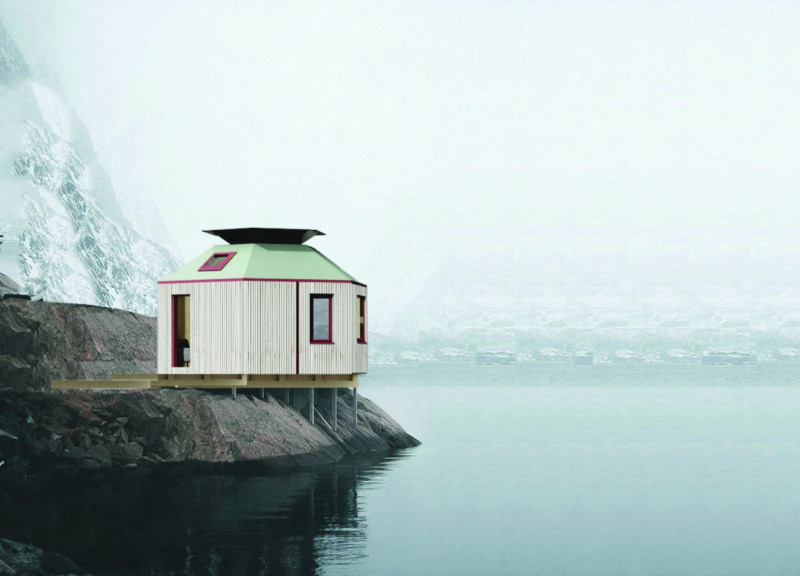5 key facts about this project
Upon entering the space, one is immediately struck by the intentional flow of movement within the design. The plan is structured to facilitate easy navigation while fostering a sense of connection among the different areas. Each space has been thoughtfully oriented, ensuring that the interior receives ample natural light, which not only enhances the ambience but also emphasizes the project's sustainability ethos. By utilizing large windows and strategically placed openings, the design allows for cross-ventilation, minimizing the reliance on artificial cooling systems.
The choice of materials plays a pivotal role in this project, with a focus on sustainability and aesthetic appeal. Predominant materials may include concrete, glass, and timber, each selected for their durability and environmental compatibility. The concrete structure provides a robust framework, while the extensive use of glass fosters a dialogue between the indoor and outdoor environments, inviting the landscape to become a visual component of the architecture. Timber accents are artfully incorporated throughout the design, softening the overall look and providing warmth to the space.
One of the notable aspects of this project is its approach to communal spaces, which serve as a central hub for interaction and engagement. These areas are designed to encourage socialization, featuring open-plan layouts that can be adapted for various activities. This flexibility is a significant consideration in modern architecture, as it caters to the evolving needs of users and promotes a sense of community ownership.
The project’s architectural design also pays attention to sustainability, incorporating passive design strategies that minimize energy consumption. This includes the careful placement of shading devices to regulate heat gain, thereby reducing the energy required for heating and cooling. Furthermore, rainwater harvesting systems and solar panels may have been integrated into the design, showcasing a forward-thinking approach to environmental responsibility.
In addition to its aesthetic and functional qualities, the architecture captures a representation of local culture and identity. This is achieved through the use of specific design motifs and patterns that replicate elements prevalent in the region, linking the building to its cultural heritage. Such considerations not only enrich the architectural narrative but also create a sense of belonging for those who inhabit the space.
Attention to detail shapes the overall user experience in this architectural project. Finishes, colors, and textures have been carefully selected to create an inviting atmosphere. The interplay of light and shadow throughout the space adds depth and dimension, further enhancing the sensory experience. Each material's tactile qualities invite exploration, encouraging users to engage physically with their environment.
The architectural ideas presented in this project embody a profound understanding of the relationship between space, function, and user experience. The merging of innovative design concepts with practical needs illustrates a commitment to both form and function, a core principle of successful architecture. As you delve deeper into this project presentation, explore elements such as the architectural plans, architectural sections, and architectural designs to gain a more comprehensive understanding of the thoughtful methodologies at play. This project stands as a testament to the potential of architecture to create spaces that are not only visually appealing but also functional, sustainable, and deeply connected to their surroundings.


























